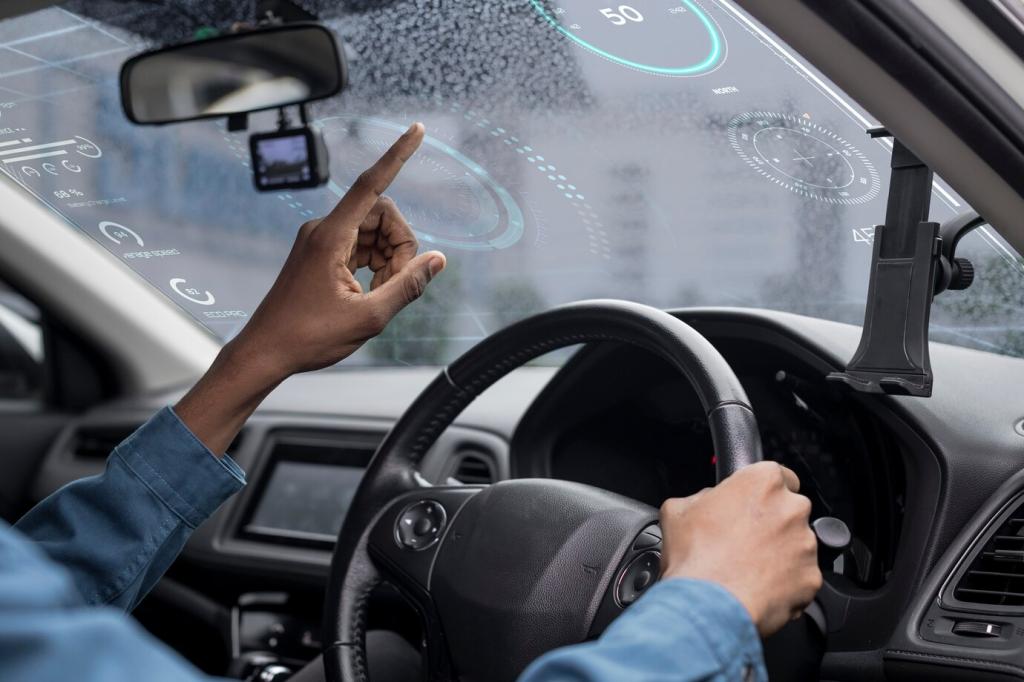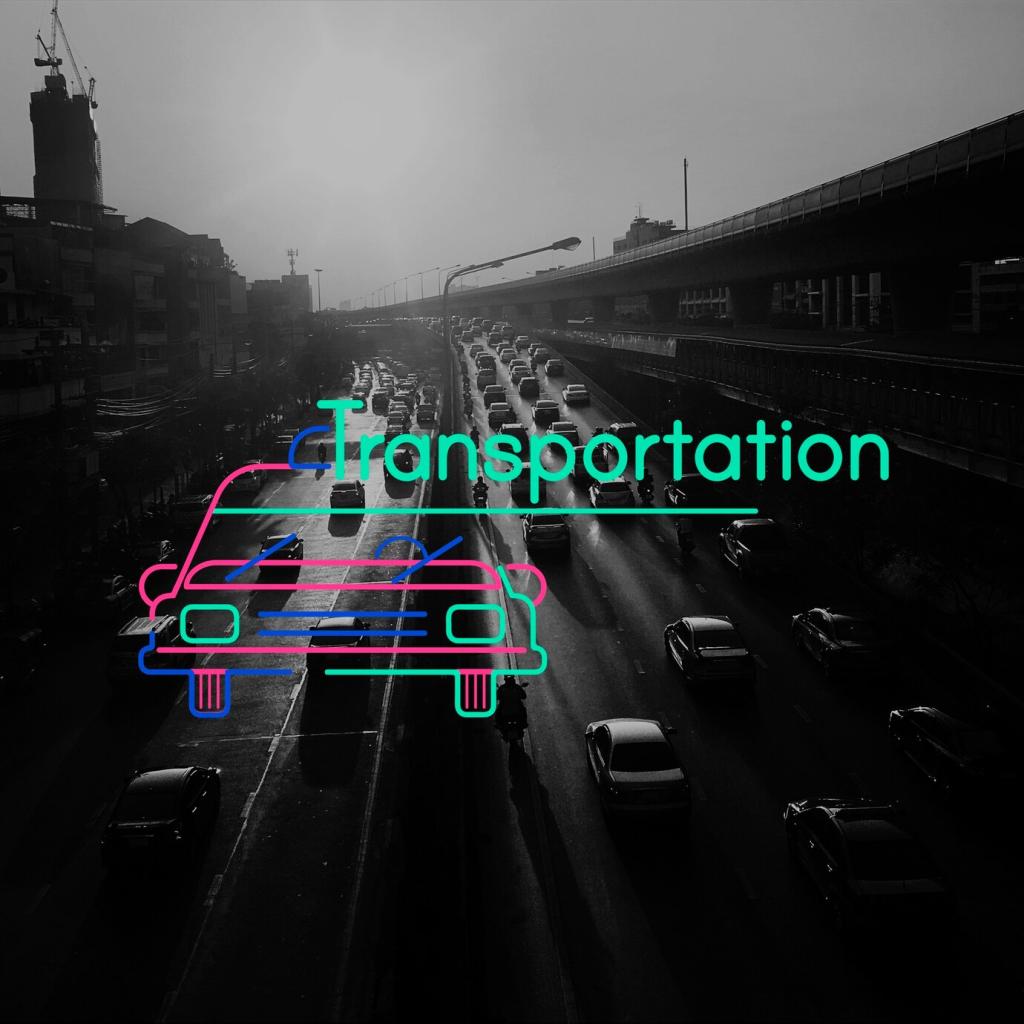Chosen theme: AI’s Impact on Urban Mobility Planning. Explore how data, algorithms, and human insight are reshaping transit, streets, and everyday trips—turning congestion into clarity, risk into resilience, and planning meetings into meaningful, community-guided decisions. Join the conversation, share your block-by-block challenges, and subscribe for fresh ideas every week.

Turning City Data into Better Journeys
Sensors, fare taps, bike counters, and computer vision become a shared language when AI cleans, links, and clusters them. Planners finally see how school drop-offs, freight peaks, and weekend festivals collide, revealing precise windows where small tweaks unlock big travel time benefits.
Turning City Data into Better Journeys
AI highlights where service gaps actually hurt: late-night headways, inaccessible transfers, and costly first-mile links. Weighted metrics center low-income riders, caregivers, and night-shift workers, ensuring investments prioritize dignity, not just throughput. Bias audits keep models honest and communities heard.

Streets for People, Informed by AI
01
Collision risk maps powered by historical incidents, near-miss detection, and speed profiles flag blocks where small geometry changes have outsize safety returns. AI helps prioritize daylighting, refuge islands, and leading pedestrian intervals where they will prevent the next crash, not document the last.
02
Computer vision and curb telemetry show how school pickups, deliveries, and ride-hail bursts stack up. AI recommends time-sliced uses, pricing, and loading zones that ease conflicts. When curbs flex with reality, bus lanes run cleaner and cyclists stop dodging double-parkers.
03
Before pouring concrete, simulate paint-and-post changes to model queue spillback, walking routes, and emergency access. Then run weekend pilots, measure outcomes, and refine. Tell us which intersection deserves a quick-build makeover, and subscribe for a field guide to low-cost experiments.

Decarbonization You Can Track
Route redesign, signal coordination, and EV charging plans become tangible when AI quantifies grams saved per rider and per corridor. Clear dashboards help leaders choose between similar projects by showing which cuts the most emissions without sacrificing access for essential trips.
When Weather Rewrites the Map
Flood models, wildfire smoke forecasts, and heat alerts feed AI detour planning so buses avoid hotspots and vulnerable riders get targeted alerts. Agencies pre-stage extra service where demand will shift, keeping essential trips moving even when conditions change hour by hour.
Play Out Futures, Not Just Forecasts
Scenario tools let planners and residents test policy mixes: congestion pricing plus bus lanes, or parking reform plus bikeways. AI surfaces trade-offs and co-benefits, turning abstract debates into shared understanding. Suggest a scenario to explore, and subscribe for template worksheets.
Governance, Ethics, and Trustworthy AI
When an algorithm shifts a route, riders deserve reasons. Model cards, assumptions, and confidence ranges should be public. Planners become translators, turning math into meaning, and communities become collaborators rather than endpoints in a black-box process.
Governance, Ethics, and Trustworthy AI
Aggregate, anonymize, and minimize. Train on synthetic or differentially private data where possible. Publish privacy threat models so residents know protections are real. Trust grows when cities prove they keep trips confidential while still learning enough to improve service for everyone.


Lessons From the Street: Anecdotes That Changed Plans
A corridor plagued by bunching used a simple prediction model to stagger departures. Operators reported calmer runs, elderly riders stopped missing trips, and a hospital’s shift change finally aligned with reliable arrivals. Small insight, big dignity for people counting on that bus.

Tools, Skills, and Getting Started
Begin with open GTFS feeds, basic headway prediction, and equity overlays. Focus on one corridor, one problem, and one measurable outcome. Build confidence with small, visible wins that riders notice at the stop, not just on a dashboard in a conference room.

